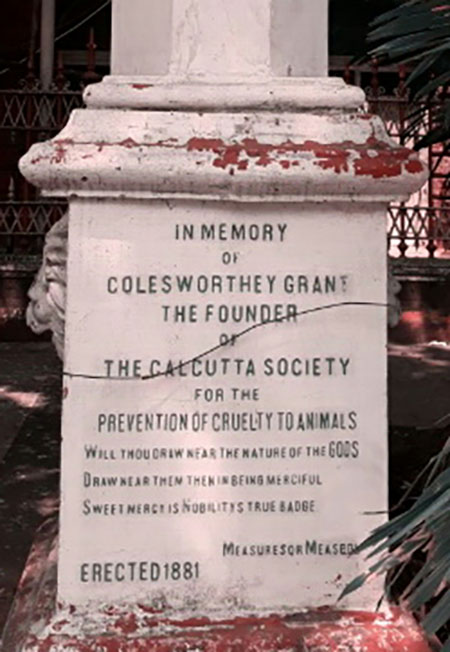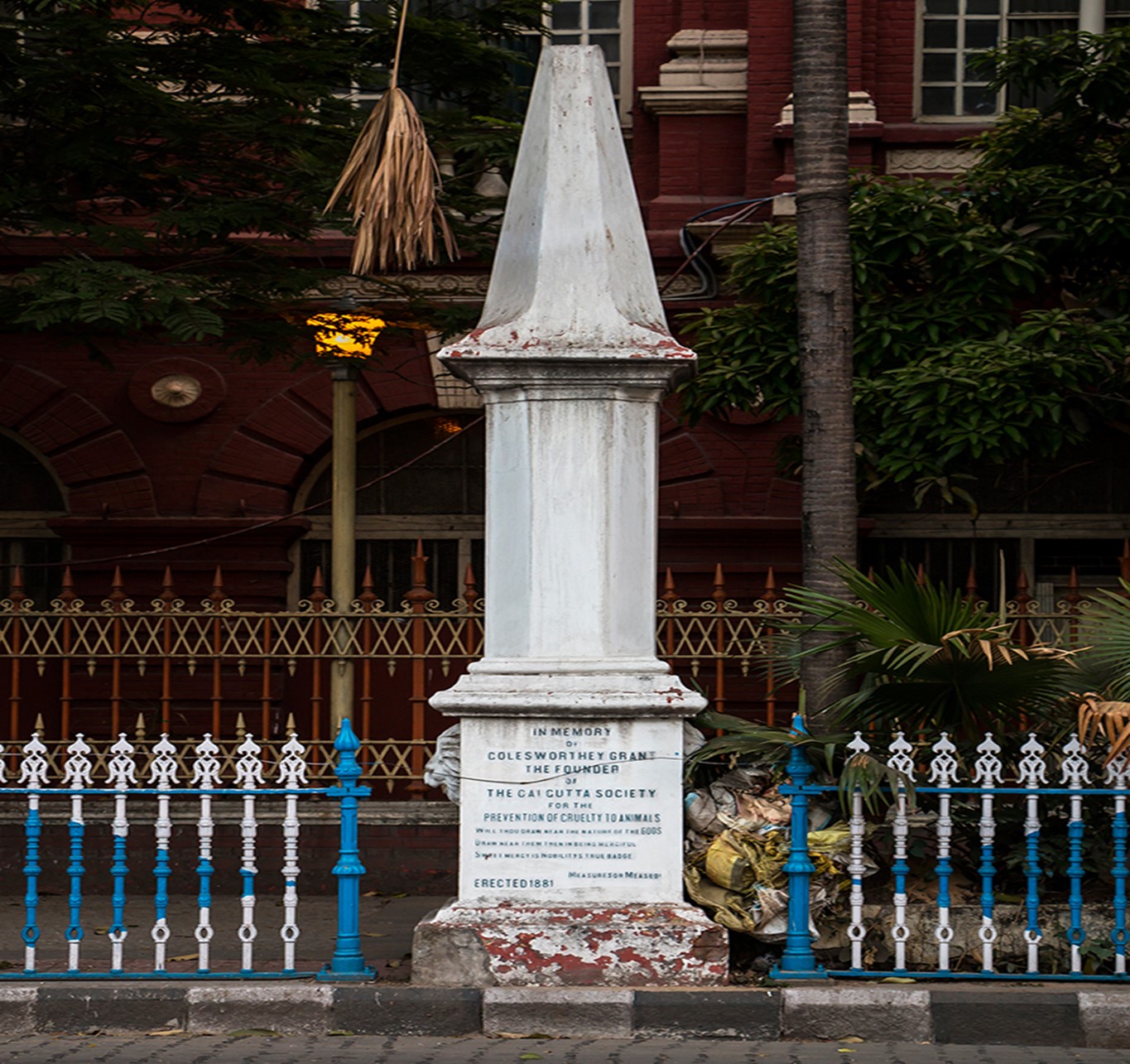India has more than 35 million stray animals, the largest number in the world. The stray animal population has increased drastically over time due to the increase in the human population and poor waste management, creating more exposed garbage available as food for strays.
In this article, we will discuss the laws that have been established during the Pre-Independent India and how newer ones have been added from time to time so that animals in general are treated better. At the same time, it is sad that none of laws have been implemented in right earnest because of which animals have suffered across times immemorial.
British India
Animal experimentation began in India in the 1860s when Britain began introducing new drugs to the colony. Moved by the suffering of the Indian strays and draught animals, Colesworthey Grant founded the first Indian Society for the Prevention of Cruelty to Animals (SPCA) in 1861 in Calcutta.
The Indian SPCAs successfully lobbied for anti-cruelty legislation in the 1860s, which was extended to all of India in 1890–91. An obelisk (tower or pillar) was established in the memory of Colesworthey Grant, just in front of the Writers' Building in Calcutta.


While the anti-vivisection (surgery conducted for experimental purposes on a living organism, typically animals) movement grew in Britain, it failed to take hold in India. British officials and (British-led) SPCAs both opposed the introduction of the British Cruelty to Animals Act of 1876 - which established regulations on animal experimentation in India.
In around the 1900s, the stray population was more vulnerable to heinous crimes as there were still a few animals’ welfare laws and also public sensitisation was not prevalent.
Post-Independence
A few animal welfare laws came into effect after independence, but they were hardly successful.
India's first national animal welfare law, the Prevention of Cruelty to Animals Act (1960), criminalized cruelty to animals. This was a major legal step towards the protection of strays in India. After this several other steps followed like that given below:
The Breeding of and Experiments on Animals (Control and Supervision) Rules, 1998 set general requirements for breeding and using animals for research.
The Wildlife Protection Act, 1972 is a stricter legislation than the Prevention of Cruelty to Animals Act, 1960. According to Section 2(37) of the act, wildlife includes any animal, aquatic or land vegetation that forms part of any habitat, thus making the definition a wide and inclusive one. Section 9 of the Act prohibits the hunting of any wild animal (animals specified in Schedule 1, 2, 3 and 4) and punishes the offense with imprisonment for a term which may extend to 3 years or with a fine which may extend to Rs. 25,000/- or with both.
The Food Safety and Standards (Licensing and Registration of Food Businesses) Regulation, 2011 provides more precise stipulations surrounding the welfare of animals during the slaughter process, including that 'Animals are slaughtered by being first stunned and then exsanguinated (bled out). Also, according to this law, stunning before slaughter is mandatory.
The Drugs and Cosmetics Rules (Second Amendment) 2014: Under this, the animals testing for cosmetic products was prohibited all over India. Any person who violates the Act is liable for punishment for a term which may extend from 3 to 10 years or shall be liable to a fine which could be Rs.500 to Rs.10,000 or both.
POST INDEPENDENCE
The treatment of dogs started to become more humane although few laws protected their dignity and ensured their welfare. Few steps were taken by the government to make sure that crimes are not committed against them but still, the numbers were high.
Though sections 428 and 429 of the Indian Penal Code and the Cruelty to Animals Act of 1960 said that it is against the law to cause any sort of injury to any street animal, cases of stray animals being intentionally harmed by people are not unheard of.
Medically technology was not as advanced as it is in the present day. Treatment consisted of both technologies prevalent at that time and old remedies. Due to this, the recovery rates were not as high but were decreasing at a steady rate with time.
PRESENT DAY
The present-day scenario is much better as the laws and establishment of various non-governmental organisations have created a safer atmosphere for strays. they make sure that event stray animals are represented equally in the eyes of law and nature as anyone else.
Medically the treatment has got more advanced and again the establishments of non-governmental organisations and government laws had made it even easier for strays to get treatment and the funds are provided by the various hospitals and clinics that are set up across the country that provides the best healthcare and treatment possible. During the financial year 2019, over 12 thousand veterinary hospitals and polyclinics were found across India. Along with numerous aid centres and dispensaries, about 65 thousand veterinary institutions were present across the country that year.
Even though laws and technology have advanced a lot, still we are far away from the day when animals are given proper treatment and dignity.
The continuation of the colonial Prevention of Cruelty to Animals Act from 1890, which also punished animal cruelty with a fine of a mere Rs 50 and the fact that we removed this law only until now, is a testimony that we do not take crimes against animals seriously.
As per the Times of India 06-Feb-2021, The Government has prepared a draft to amend the 60-year-old Prevention of Cruelty to Animals Act, proposing penalty up to Rs 75,000 or three times the cost of the animal with jail term up to five years or both if an act of an individual or an organisation leads to an animal's death. All those who love animals and of course the animal welfare activists are waiting for this draft to become a law at the earliest.

Author: Anshul Raj
Anshul Raj is an Economics student at Delhi University trying to make a social impact. He appreciates activities in natural settings and is a fervent believer in animal welfare and environmental conservation.